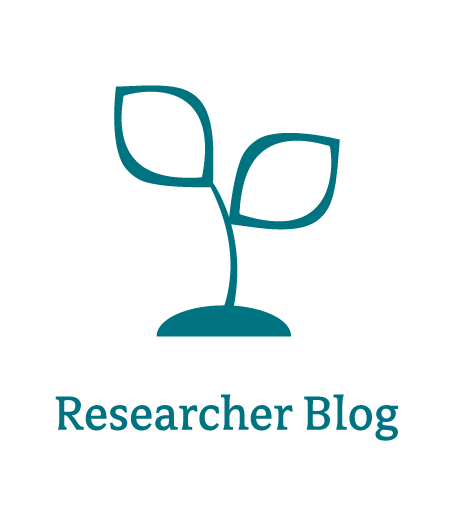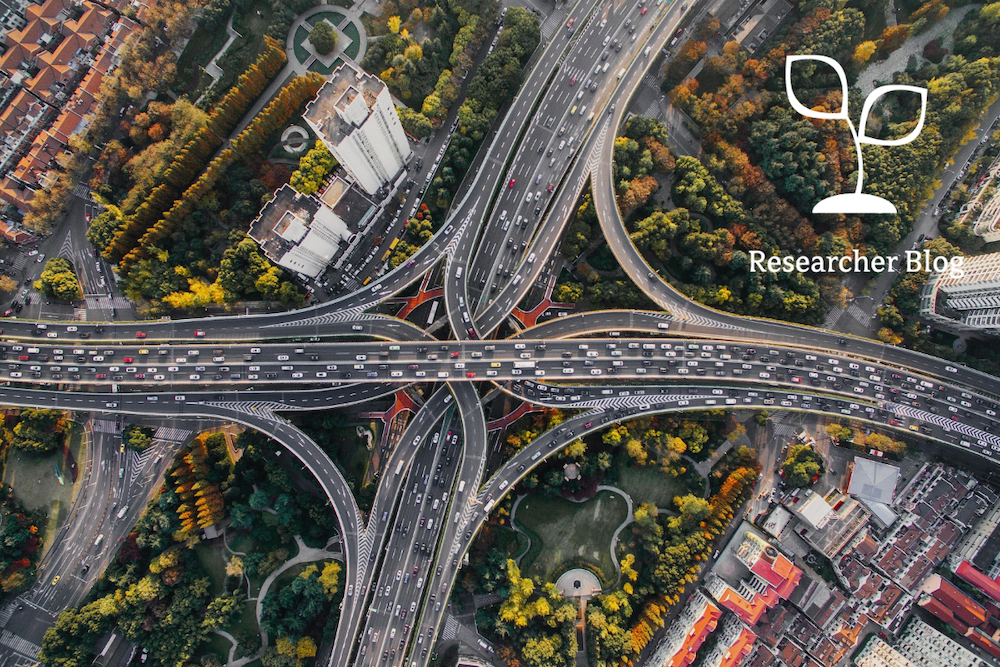Traffic jams have influenced cities all around the world since the 1950s with immense time and monetary losses for society. The major causes of congestion are bottlenecks. These are narrow sections of the road or junctions that impede traffic flow. There’s simply not enough capacity on the road. The question to be answered through my research is “Is the capacity of the road constant, and how can the capacity be managed?”
What is traffic from a research perspective?
The idea behind traffic formation is very simple. When there is no congestion, vehicles move at a free-flow speed, usually at the speed limit in any given place on the road. The more vehicles we add to the road (increasing the density – the number of vehicles per kilometre of the road), the higher the flow of the vehicles (flow – the number of vehicles passing some place on the road within one hour). There exists a linear relationship between flow and density: flow is a product of density and speed of traffic. At some moment density reaches a saturation point, where the flow is maximum. The flow in this moment is called the capacity. When the capacity is reached, additional vehicles on the road will slow down the traffic, congestion will start to form, and the flow will decrease.
The capacity of the road can’t be constant. Small deviations happen when the traffic composition changes – more trucks and buses on the road will decrease the flow, as their acceleration and deceleration rates are different from those of passenger cars and commercial vans. Major changes to capacity may happen with variable weather conditions and traffic accidents, however, they are hard to predict due to the on-the spot nature of the events.
In my doctoral research, I try to establish whether the capacity of the road is constant (external events don’t have significant influence on the capacity) or variable. To find this out, I’ve used data from the Finnish agency Fintraffic and its Digitraffic service, with further validation to be done with data from roads in other countries.
Road capacity is the main element to be managed
Gathered with the methodology adapted for the needs of traffic research, the findings show that there exists a significant difference in the capacity. That means these variations in the capacity should be studied so that traffic movements can be optimised. It is not possible to find a unique solution, since each piece of road is unique and the reasons for the changes in capacity are different. Based on a historical data analysis, patterns can be found that would allow us to predict the behaviour of traffic and the capacity in different situations so that appropriate measures can be considered.
These measures vary from situation to situation and may include variable speed limits, line diversions and route alterations, especially when connected vehicles are introduced to the flow. The plan for the upcoming years of research is to increase the predictability rate of different traffic situations and explore potential opportunities for traffic management with future aims for policies towards connected and automated vehicles in Finland and other Nordic countries.

Iaroslav Kriuchkov is a doctoral researcher at Aalto University School of Business, with an interest in the field of transportation economics and optimization methods. He is currently working towards his PhD dissertation on traffic management. Iaroslav is the main developer of the roadtraffic Python package for traffic data processing. You can read more about Iaroslav’s work by following him on LinkedIn.

In Researcher Blogs KAUTE’s grant recipients tell about their research and viewpoints in their own words.
